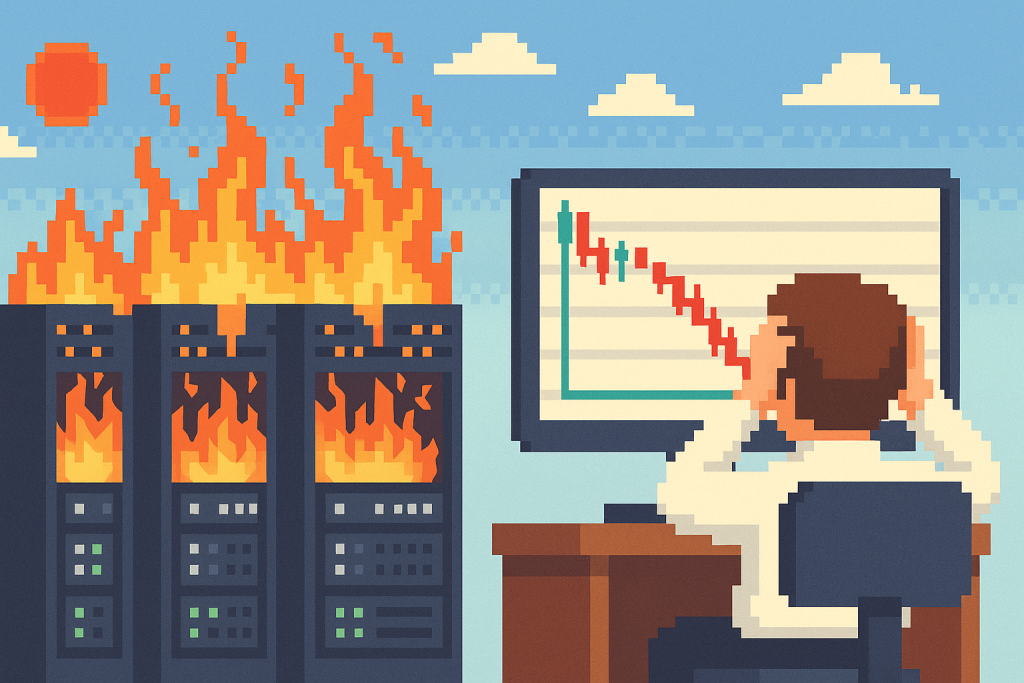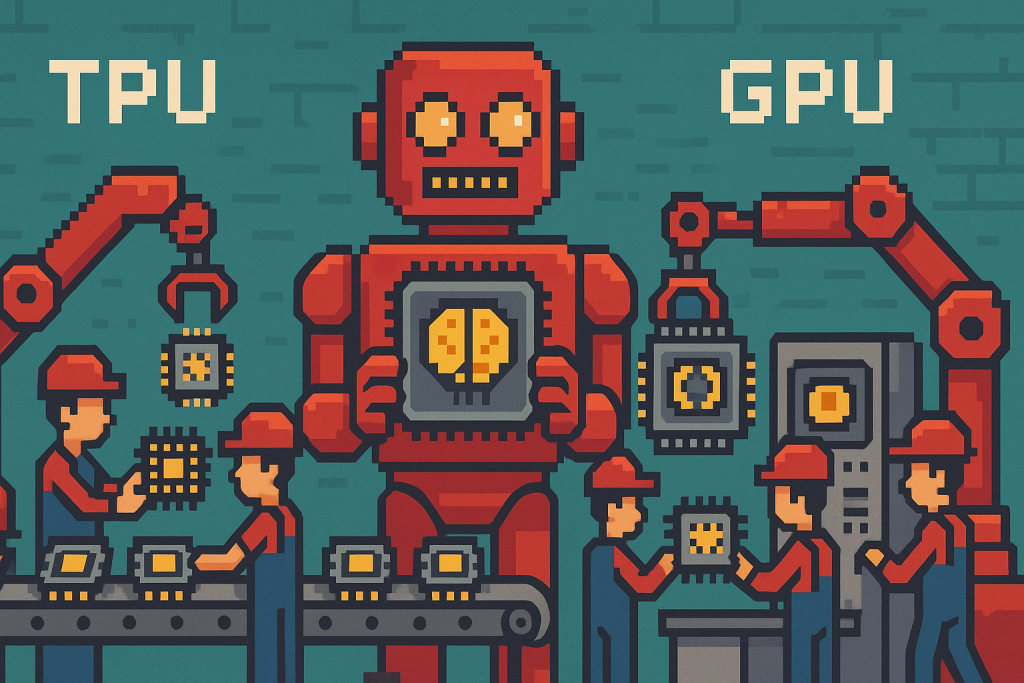The $105 Billion AI Bet: Is Oracle’s Bond Market Stress a Systemic Risk?
Oracle’s credit risk has sharply repriced, with its 5-year CDS spiking to the highest level since 2009—roughly tripling from mid-year—as investors hedge a debt-funded AI expansion with uncertain payback. Its balance sheet now resembles a leveraged AI infrastructure project, carrying about $105B in total debt and roughly $95B in U.S. bonds, making it the largest non-bank issuer in major indices; leverage is above 4× debt/EBITDA, and levered free cash flow is negative as capex surges. Rating agencies still keep Oracle investment grade but have moved outlooks to Negative, citing massive AI cloud commitments and sustained negative free cash flow. Across the AI complex, more than $200B in related bond issuance has come to market as hyperscalers and data-center operators raise capital aggressively. Systemic risk is creeping higher, but Oracle itself is viewed as a stress indicator—not a systemic trigger—in the emerging AI credit web.










